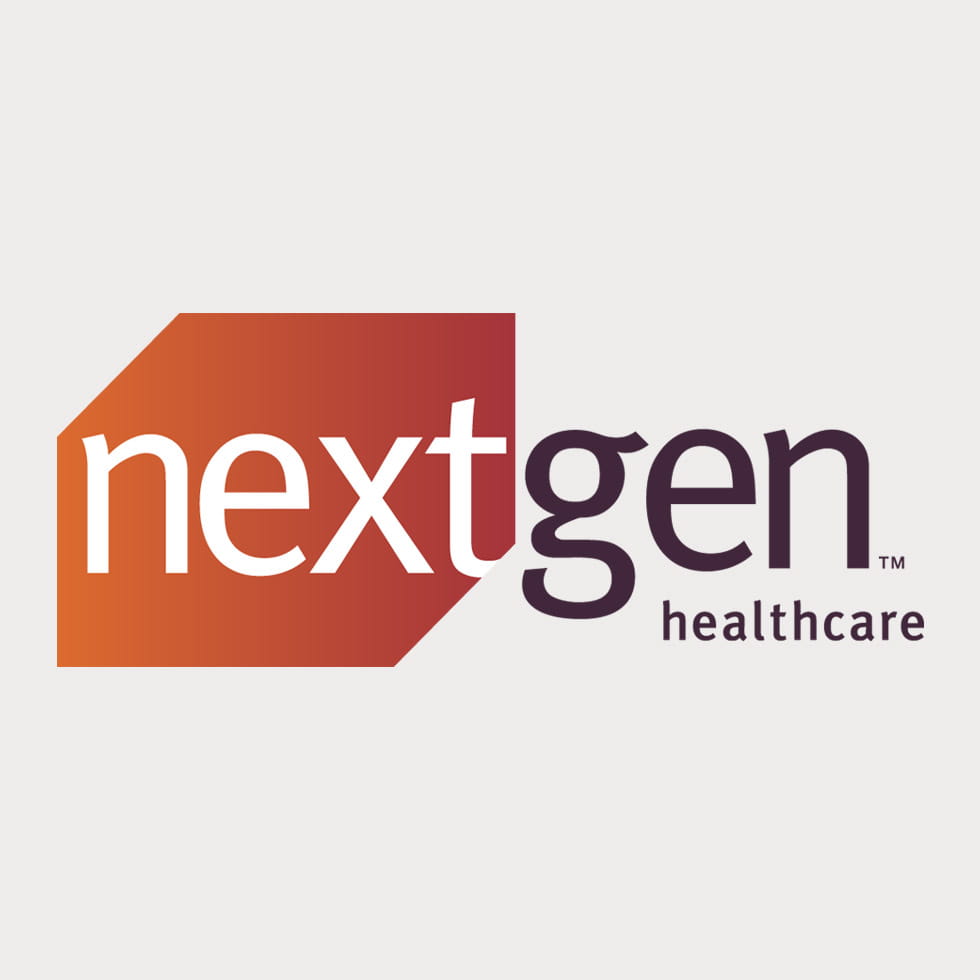UNDERSTANDING MACRA: VALUE-BASED HEALTHCARE TODAY AND BEYOND
What you need to know about MACRA
With the introduction of the Medicare Access and Chip Reauthorization Act of 2015 (MACRA) and the implementation of its Merit-Based Incentive Payment System (MIPS) and Advanced Alternative Payment Model (APM) incentives, physicians are facing the most fundamental changes in reimbursement in years.
To drive better outcomes and reduce healthcare costs, MACRA aims to provide providers that foster, measure, and report on outcomes using proactive, population-based care management models with payment premiums.
Merit-Based Incentive Payment System
The Merit-Based Incentive Payment System (MIPS) applies to the vast majority of physicians and assesses physicians in these four categories:
Quality
Advancing care information
Improvement activities
Resource use and cost
These clinicians qualify for MIPS:
- Physicians
- Physician assistants
- Nurse practitioners
- Clinical nurse specialists
- Certified registered nurse anesthetists
- Groups that include such clinicians
- Clinicians who have billed more than $30,000 in Medicare Part B allowable charges and have more than 100 Part B–enrolled beneficiaries
Advanced Alternative Payment Models
Physicians who receive a percentage of payments through qualifying Advanced Alternative Payment Models (APMs) are exempt from Merit-Based Incentive Payment System (MIPS) adjustments and eligible for other incentives.
Advanced APMs offer a pathway to incentives based on existing and emerging shared risk, patient-centered care, and bundled care approaches.
This list shows the current Centers for Medicare & Medicaid Services (CMS) portfolio of Advanced APMs (note that the list may grow over time):
- Comprehensive ESRD Care (CEC) – Two-Sided Risk
- Comprehensive Primary Care Plus (CPC+)
- Next-Generation ACO Model
- Shared Savings Program – Track 2
- Shared Savings Program – Track 3
- Oncology Care Model (OCM) – Two-Sided Risk
- Comprehensive Care for Joint Replacement (CJR) Payment Model (Track 1 – CEHRT)
- Bundled Payments for Care Improvement (BPCI)
Advanced APMs require use of certified EHR technology, quality reporting, and two-way or "nominal" risk. To qualify, you must receive a certain percentage of your patients or revenue through one of these models.
The future of MACRA
The Centers for Medicare & Medicaid Services (CMS) is increasing their expectations of clinicians participating in the Merit-Based Incentive Payment System (MIPS).
Participants of MIPS must attest to these three statements:
- You have not “knowingly and willfully” restricted your certified EHR technology's (CEHRT) compatibility or interoperability with other technology.
- Your CEHRT has been implemented to comply with applicable laws and standards. These include criteria adopted under federal law with regard to technological specifications. CEHRTs must also be implemented to allow patients timely access to their own health information, as well as “trusted bidirectional exchange of structured electronic health information with other healthcare providers.”
- You respond “in good and in a timely manner” to any and all appropriate requests for healthcare information, whether from patients, providers, or other individuals.
Summary of MIPS performance categories
If you are a Merit-Based Incentive Payment System (MIPS) participant, you need to show the Centers for Medicare & Medicaid Services (CMS) that you meet these requirements:
| Category | Description | % of overall MIPS score (2017) | % of overall MIPS score (2018 proposed) |
|---|---|---|---|
| Quality | Report up to six quality measures, including an outcome measure, for a minimum of 90 days. | 60% | 50% |
| Advancing care information | Fulfill five required measures for a minimum of 90 days. Report up to nine additional measures for a minimum of 90 days for additional credit. | 25% | 25% |
| Improvement activities | Attest to completing up to four activities for at least 90 days. Groups with fewer than 15 participants or in a rural or health professional shortage area attest to completing up to two activities for a minimum of 90 days. | 15% | 15% |
| Cost resources use | Do not submit data. CMS calculates these measures based on adjudicated claims. | 0% | 10% |
Note: In 2018, CMS will start utilizing the cost category to determine payment adjustments for clinicians.





